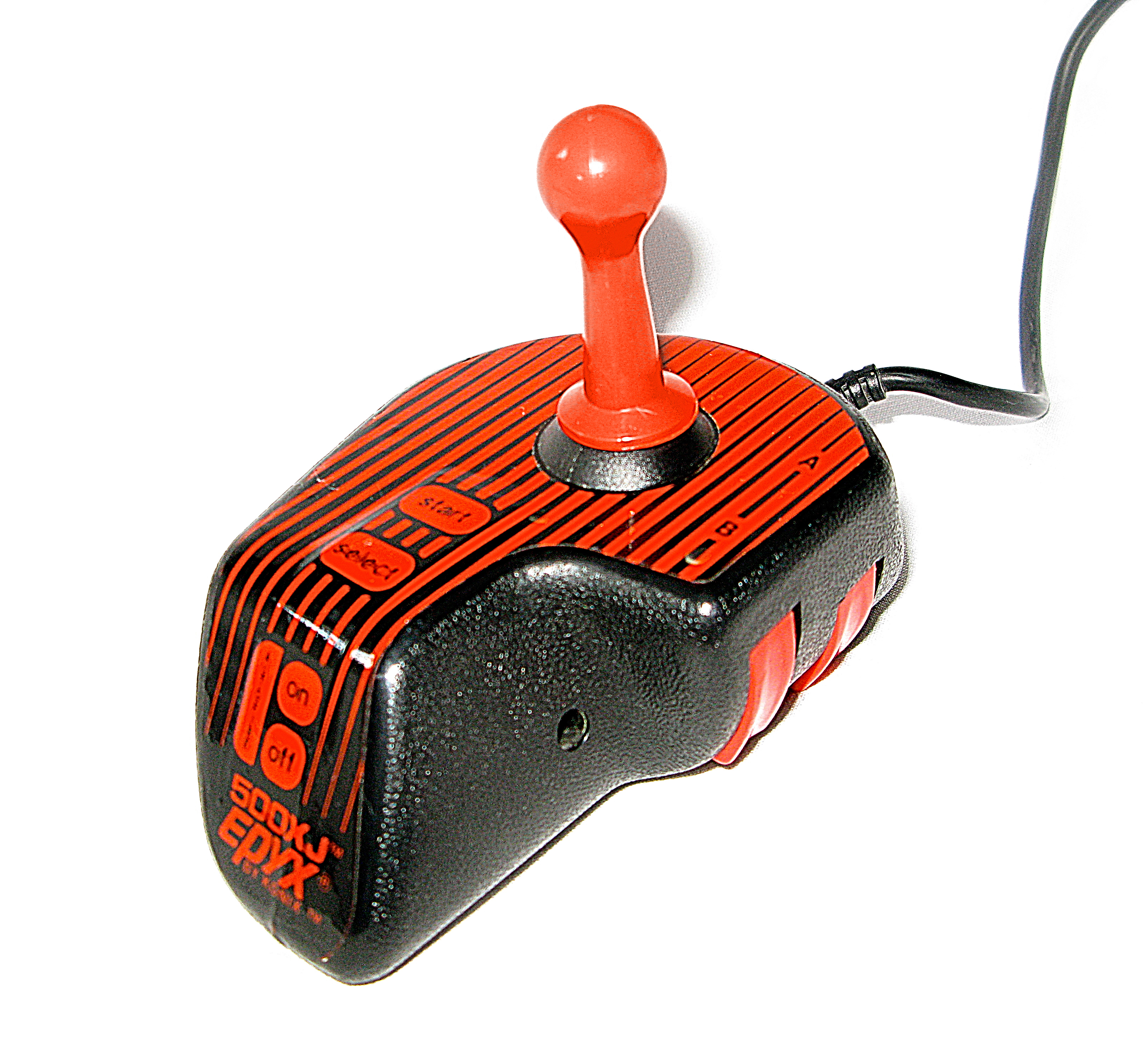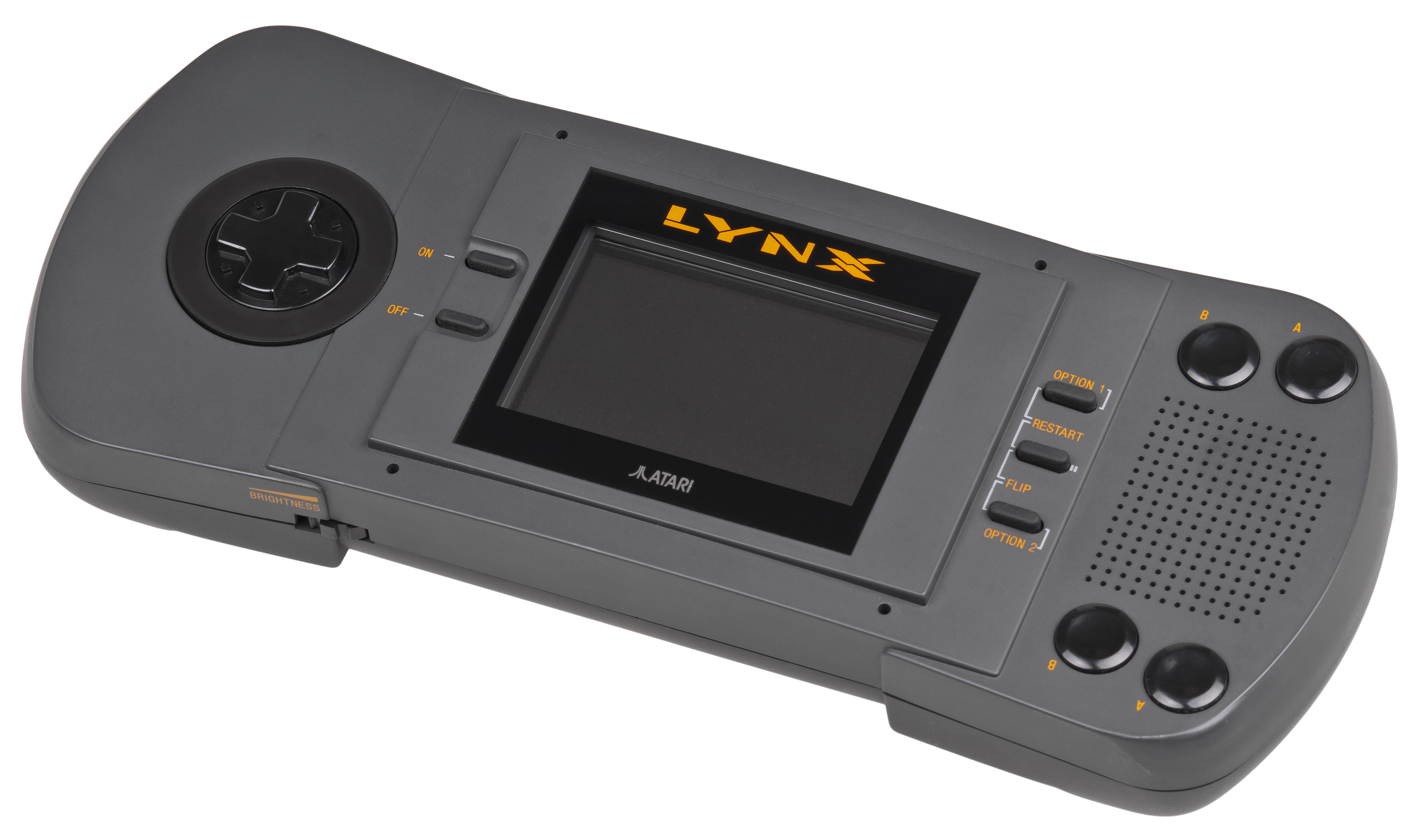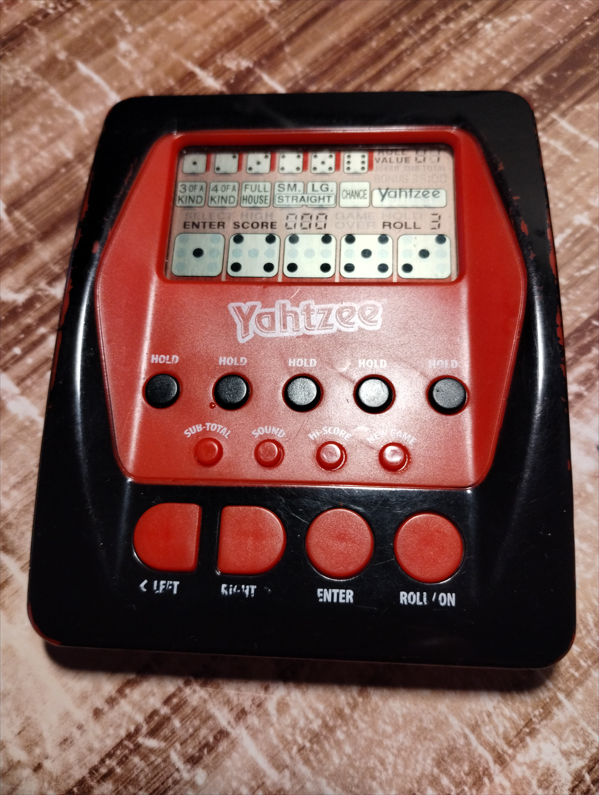|
Pitstop (video Game)
''Pitstop'' is a 1983 racing video game developed and published by Epyx for the Atari 8-bit family, ColecoVision, Coleco Adam, and Commodore 64. A sequel, ''Pitstop II'', was released in 1984. Gameplay ''Pitstop'' is played from a semi-first-person perspective, placing the player in a bird's eye perspective slightly behind a race car. The game features three difficulty modes and three gameplay modes: Single, Mini-Circuit, and Grand Circuit. In Single, the player can choose from one of six tracks and learn how to play the game. In the game's Circuit modes, the player races against other drivers and earns a certain number of points and money depending on the place finished in each race. The Mini-Circuit features only three tracks, while the Grand Circuit features all six. ''Pitstop'' implements pit stops, a concept not featured in many other contemporary racing video games. Color-based damage is shown on the player's car whenever it hits another vehicle or a wall on the track, both ... [...More Info...] [...Related Items...] OR: [Wikipedia] [Google] [Baidu] |
Epyx
Epyx, Inc. was a video game developer and publisher active in the late 1970s and 1980s. The company was founded as Automated Simulations by Jim Connelley and Jon Freeman, originally using Epyx as a brand name for action-oriented games before renaming the company to match in 1983. Epyx published a long series of games through the 1980s. The company is currently owned by Bridgestone Multimedia Group Global. History Formation In 1977, Susan Lee-Merrow invited Jon Freeman to join a Dungeons & Dragons game hosted by Jim Connelley and Jeff Johnson. Connelley later purchased a Commodore PET computer to help with the bookkeeping involved in being a dungeon master, and came up with the idea of writing a computer game for the machine before the end of the year so he could write it off on his taxes. Freeman had written on gaming for several publications, and joined Connelley in the design of a new space-themed wargame. Starting work around August 1978, Freeman wrote the basic rules, missio ... [...More Info...] [...Related Items...] OR: [Wikipedia] [Google] [Baidu] |
Computer Gaming World
''Computer Gaming World'' (CGW) was an American computer game magazine published between 1981 and 2006. One of the few magazines of the era to survive the video game crash of 1983, it was sold to Ziff Davis in 1993. It expanded greatly through the 1990s and became one of the largest dedicated video game magazines, reaching around 500 pages by 1997. In the early 2000s its circulation was about 300,000, only slightly behind the market leader ''PC Gamer''. But, like most magazines of the era, the rapid move of its advertising revenue to internet properties led to a decline in revenue. In 2006, Ziff announced it would be refocused as ''Games for Windows'', before moving it to solely online format, and then shutting down completely later the same year. History In 1979, Russell Sipe left the Southern Baptist Convention ministry. A fan of computer games, he realized in spring 1981 that no magazine was dedicated to computer games. Although Sipe had no publishing experience, he formed ... [...More Info...] [...Related Items...] OR: [Wikipedia] [Google] [Baidu] |
Racing Video Games
Racing games are a video game genre in which the player participates in a racing competition. They may be based on anything from real-world racing leagues to fantastical settings. They are distributed along a spectrum between more realistic racing simulations and more fantastical arcade-style racing games. Kart racing games emerged in the 1990s as a popular sub-genre of the latter. Racing games may also fall under the category of sports video games. Sub-genres Arcade-style racing Arcade-style racing games put fun and a fast-paced experience above all else, as cars usually compete in unique ways. A key feature of arcade-style racers that specifically distinguishes them from simulation racers is their far more liberal physics. Whereas in real racing (and subsequently, the simulation equivalents) the driver must reduce their speed significantly to take most turns, arcade-style racing games generally encourage the player to "powerslide" the car to allow the player to keep up thei ... [...More Info...] [...Related Items...] OR: [Wikipedia] [Google] [Baidu] |
Epyx Games
Epyx, Inc. was a video game developer and publisher active in the late 1970s and 1980s. The company was founded as Automated Simulations by Jim Connelley and Jon Freeman, originally using Epyx as a brand name for action-oriented games before renaming the company to match in 1983. Epyx published a long series of games through the 1980s. The company is currently owned by Bridgestone Multimedia Group Global. History Formation In 1977, Susan Lee-Merrow invited Jon Freeman to join a Dungeons & Dragons game hosted by Jim Connelley and Jeff Johnson. Connelley later purchased a Commodore PET computer to help with the bookkeeping involved in being a dungeon master, and came up with the idea of writing a computer game for the machine before the end of the year so he could write it off on his taxes. Freeman had written on gaming for several publications, and joined Connelley in the design of a new space-themed wargame. Starting work around August 1978, Freeman wrote the basic rules, missio ... [...More Info...] [...Related Items...] OR: [Wikipedia] [Google] [Baidu] |
Commodore 64 Games ...
{{short description, None This is a list of games for the Commodore 64 personal computer system, sorted alphabetically. See Lists of video games for other platforms. Because of the length of the list, it has been broken down to two parts: *List of Commodore 64 games (A–M) *List of Commodore 64 games (N–Z) See also * Commodore 64 Games System * Commodore 64 The Commodore 64, also known as the C64, is an 8-bit home computer introduced in January 1982 by Commodore International (first shown at the Consumer Electronics Show, January 7–10, 1982, in Las Vegas). It has been listed in the Guinness ... [...More Info...] [...Related Items...] OR: [Wikipedia] [Google] [Baidu] |
ColecoVision Games
ColecoVision is a second-generation home video-game console developed by Coleco and launched in North America in August 1982. It was released a year later in Europe by CBS Electronics as the CBS ColecoVision. The console offered a closer experience to more powerful arcade video games compared to competitors such as the Atari 2600 and Intellivision. The initial catalog of twelve games on ROM cartridge included the first home version of Nintendo's ''Donkey Kong'' as the pack-in game. Approximately 136 games were published between 1982 and 1984, including Sega's ''Zaxxon'' and some ports of lesser known arcade games that found a larger audience on the console, such as '' Lady Bug'', ''Cosmic Avenger'', and ''Venture''. Coleco released a series of hardware add-ons and special controllers to expand the capabilities of the console. "Expansion Module #1" allows the system to play Atari 2600 cartridges. A later module converts ColecoVision into the Coleco Adam home computer. Coleco ... [...More Info...] [...Related Items...] OR: [Wikipedia] [Google] [Baidu] |
Atari 8-bit Family Games
Atari () is a brand name that has been owned by several entities since its inception in 1972. It is currently owned by French publisher Atari SA through a subsidiary named Atari Interactive. The original Atari, Inc., founded in Sunnyvale, California, in 1972 by Nolan Bushnell and Ted Dabney, was a pioneer in arcade games, home video game consoles and home computers. The company's products, such as ''Pong'' and the Atari 2600, helped define the electronic entertainment industry from the 1970s to the mid-1980s. In 1984, as a result of the video game crash of 1983, the home console and computer divisions of the original Atari Inc. were sold off, and the company was renamed Atari Games Inc. Atari Games received the rights to use the logo and brand name with appended text "Games" on arcade games, as well as the derivative coin-operated arcade rights to the original 1972–1984 arcade hardware properties. The Atari Consumer Electronics Division properties were in turn sold to Jack ... [...More Info...] [...Related Items...] OR: [Wikipedia] [Google] [Baidu] |
1983 Video Games
The year 1983 saw both the official beginning of the Internet and the first mobile cellular telephone call. Events January * January 1 – The migration of the ARPANET to TCP/IP is officially completed (this is considered to be the beginning of the true Internet). * January 24 – Twenty-five members of the Red Brigades are sentenced to life imprisonment for the 1978 murder of Italian politician Aldo Moro. * January 25 ** High-ranking Nazi war criminal Klaus Barbie is arrested in Bolivia. ** IRAS is launched from Vandenberg AFB, to conduct the world's first all-sky infrared survey from space. February * February 2 – Giovanni Vigliotto goes on trial on charges of polygamy involving 105 women. * February 3 – Prime Minister of Australia Malcolm Fraser is granted a double dissolution of both houses of parliament, for elections on March 5, 1983. As Fraser is being granted the dissolution, Bill Hayden resigns as leader of the Australian Labor Party, and in the subsequent lea ... [...More Info...] [...Related Items...] OR: [Wikipedia] [Google] [Baidu] |
Compute!
''Compute!'' (), often stylized as ''COMPUTE!'', was an American home computer magazine that was published from 1979 to 1994. Its origins can be traced to 1978 in Len Lindsay's ''PET Gazette'', one of the first magazines for the Commodore PET computer. In its 1980s heyday ''Compute!'' covered all major platforms, and several single-platform spinoffs of the magazine were launched. The most successful of these was ''Compute!'s Gazette'', which catered to VIC-20 and Commodore 64 computer users. History ''Compute!''s original goal was to write about and publish programs for all of the computers that used some version of the MOS Technology 6502 CPU. It started out in 1979 with the Commodore PET, VIC-20, Atari 400/800, Apple II+, and some 6502-based computers one could build from kits, such as the Rockwell AIM 65, the KIM-1 by MOS Technology, and others from companies such as Ohio Scientific. Coverage of the kit computers and the Commodore PET were eventually dropped. The platforms t ... [...More Info...] [...Related Items...] OR: [Wikipedia] [Google] [Baidu] |
Electronic Games
An electronic game is a game that uses electronics to create an interactive system with which a player can play. Video games are the most common form today, and for this reason the two terms are often used interchangeably. There are other common forms of electronic game including handheld electronic games, standalone systems (e.g. pinball, slot machines, or electro-mechanical arcade games), and exclusively non-visual products (e.g. audio games). Teletype games The earliest form of computer game to achieve any degree of mainstream use was the text-based Teletype game. Teletype games lack video display screens and instead present the game to the player by printing a series of characters on paper which the player reads as it emerges from the platen. Practically this means that each action taken will require a line of paper and thus a hard-copy record of the game remains after it has been played. This naturally tends to reduce the size of the gaming universe or alternatively to requi ... [...More Info...] [...Related Items...] OR: [Wikipedia] [Google] [Baidu] |
The Pits
''The'' () is a grammatical article in English, denoting persons or things that are already or about to be mentioned, under discussion, implied or otherwise presumed familiar to listeners, readers, or speakers. It is the definite article in English. ''The'' is the most frequently used word in the English language; studies and analyses of texts have found it to account for seven percent of all printed English-language words. It is derived from gendered articles in Old English which combined in Middle English and now has a single form used with nouns of any gender. The word can be used with both singular and plural nouns, and with a noun that starts with any letter. This is different from many other languages, which have different forms of the definite article for different genders or numbers. Pronunciation In most dialects, "the" is pronounced as (with the voiced dental fricative followed by a schwa) when followed by a consonant sound, and as (homophone of the archaic pr ... [...More Info...] [...Related Items...] OR: [Wikipedia] [Google] [Baidu] |
Pole Position (video Game)
In a motorsports race, the pole position is usually the best and "statistically the most advantageous" starting position on the track. The pole position is usually earned by the driver with the best qualifying times in the trials before the race. The number-one qualifying driver is also referred to as the pole-sitter. The pole position, pole sitter, starts the race "at the front of the starting grid. This provides the driver in the pole position the privilege of starting ahead of all the other drivers" Grid position is typically determined by a qualifying session before the race, where race participants compete to ascend to the number 1 grid slot, the driver, pilot, or rider having recorded fastest qualification time awarded the advantage of the number 1 grid slot (i.e., the pole-position) ahead of all other vehicles for the start of the race. Historically, the fastest qualifier was not necessarily the designated ''pole-sitter''. Different sanctioning bodies in motor sport em ... [...More Info...] [...Related Items...] OR: [Wikipedia] [Google] [Baidu] |


.jpg)






.png)
